
Top 12 ways to quickly improve blood circulation in legs
Your circulatory system is responsible for delivering oxygen and essential nutrients to every muscle, tissue, and organ in your body. But when plaque builds up or arteries become blocked, blood flow can be restricted — potentially leading to serious health issues such as heart attacks, strokes, or even limb amputation in severe cases.
Fortunately, there are practical, science-backed methods to boost blood circulation, especially in the legs, where poor blood flow is commonly experienced. Let’s explore 12 effective ways to enhance your circulation and prevent complications associated with reduced blood flow.
12. Get Moving: Walking and Regular Exercise
One of the fastest ways to boost circulation is through regular physical activity, especially walking. Even short 15- to 20-minute walks daily can significantly improve blood flow.
Here’s why: With each step, your calf muscles contract and relax, working like a natural “second heart.” This pumping action helps push deoxygenated blood back toward the heart and allows oxygen-rich blood to circulate more efficiently.
Exercise also stimulates the production of nitric oxide, a molecule that relaxes and dilates your blood vessels, enhancing overall blood flow. It also helps:
-
Lower blood pressure
-
Increase oxygen delivery to tissues
-
Support healthy heart function
Other excellent cardiovascular exercises include cycling, jogging, dancing, or using an elliptical machine. Aim for at least 20–30 minutes, three to five times per week for optimal results.
11. Elevate Your Legs
Raising your legs above heart level can reduce swelling and improve venous return, especially after standing or sitting for long periods.
This technique decreases pressure on your veins and helps gravity move blood more efficiently back to your heart. Try this:
-
Lie down and rest your legs against a wall for 15–20 minutes
-
Use a leg elevation pillow while relaxing or sleeping
-
Practice this daily to reduce varicose veins, swelling, and fatigue
10. Soak Your Feet in Warm Water
A warm foot soak not only feels great — it also stimulates circulation in the lower limbs.
The warmth causes your blood vessels to expand, allowing blood to flow more freely. For extra benefits, add:
-
Epsom salts to soothe sore muscles
-
Lavender or eucalyptus oil for relaxation
-
Ginger for anti-inflammatory effects
Doing this for 15–20 minutes before bed can promote better sleep, reduce stress, and encourage healthier circulation.
9. Foot Massage and Reflexology
Regular foot massage helps relieve tension, stimulate nerve endings, and boost circulation.
Use manual massage or a foot massager with vibration and heat therapy to increase blood flow and ease cramps, swelling, and pain.
Foot reflexology targets pressure points that correspond to organs in your body. This ancient practice helps:
-
Improve nerve function
-
Stimulate blood vessels
-
Promote overall wellness
Just 10 minutes of massage a few times a week can lead to noticeable improvements.
8. Leg Exercises and Stretching
Even if you’re seated for long periods (like on a plane or at a desk), simple movements can make a big difference.
Try the ankle pump exercise:
-
Flex your toes toward your head and hold for 3 seconds
-
Point them forward like pressing a gas pedal and hold for 3 seconds
-
Repeat for a few minutes
Other beneficial stretches include:
-
Hamstring stretch: Sit, extend one leg, and reach for your toes
-
Standing forward bend: Touch your toes while keeping legs straight
-
Calf raises and toe lifts: Strengthen lower leg muscles and pump blood upward
Stretching improves flexibility and supports healthy blood flow, especially in the legs and feet.
7. Wear Compression Socks
Compression socks apply gentle, graduated pressure to your legs, helping to:
-
Prevent blood pooling
-
Reduce swelling and fatigue
-
Support vein health
-
Improve return blood flow to the heart
Ideal for people who sit or stand all day, compression socks are also recommended during long flights or travel to prevent deep vein thrombosis (DVT).
Choose socks based on your needs — mild compression for everyday use, or medical-grade for conditions like diabetes, neuropathy, or varicose veins.
6. Avoid Sitting Cross-Legged
While sitting cross-legged may feel comfortable, doing it for extended periods can compress veins and restrict blood flow, especially in the knees and thighs.
Over time, this can increase the risk of:
-
Varicose veins
-
Numbness or tingling
-
Chronic poor circulation
Instead, sit with both feet flat on the ground and shift positions regularly. Consider standing or walking breaks every 30 minutes to keep blood flowing.
5. Stay Well-Hydrated
Dehydration thickens your blood, making it harder for the heart to pump it efficiently.
Since your blood is more than half water, drinking plenty of fluids is essential for smooth circulation. A few tips:
-
Aim for 8–10 glasses of water per day
-
Check your urine color — pale yellow is a good sign of hydration
-
Herbal teas (like hibiscus or green tea) offer added circulation benefits due to antioxidants and flavonoids
Avoid sugary drinks and excessive caffeine, as they can contribute to dehydration.
4. Eat Foods That Boost Nitric Oxide
Certain foods naturally increase nitric oxide production, improving blood vessel dilation and oxygen delivery.
Top nitric oxide-rich foods include:
-
Beets and beetroot juice
-
Spinach and leafy greens
-
Garlic
-
Pomegranate
-
Dark chocolate (at least 75% cacao)
These foods also support lower blood pressure, better stamina, and faster recovery after exercise.
3. Try a Nitric Oxide Supplement
Beyond diet, you can enhance circulation with nitric oxide boosters — supplements designed to stimulate nitric oxide production quickly and effectively.
Many are available in lozenge or powder form and can increase nitric oxide levels within minutes. Benefits may include:
-
Improved blood flow
-
Better endurance and stamina
-
Enhanced cognitive performance
-
Lower blood pressure
Look for products that support endothelial health, allowing your body to naturally regulate nitric oxide levels throughout the day.
2. Balance Salt and Potassium Intake
Excess sodium causes your body to retain water, increasing blood pressure and contributing to swelling in the legs and ankles.
At the same time, insufficient potassium intake can prevent your body from balancing out excess sodium. Together, this imbalance can impair circulation.
To optimize blood flow:
-
Limit processed and salty foods
-
Use sea salt or Himalayan salt in moderation
-
Eat potassium-rich foods: bananas, sweet potatoes, avocados, leafy greens, beans
If you have kidney issues, consult your doctor about your potassium needs.
1. Wear Proper Footwear
Your choice of footwear plays a major role in leg and foot circulation. Poorly fitted shoes can compress nerves and blood vessels, causing pain, swelling, and restricted blood flow.
Tips for choosing circulation-friendly shoes:
-
Look for a wide toe box to reduce pressure on toes
-
Choose arch-supportive insoles
-
Avoid high heels or narrow shoes
-
Use orthopedic inserts if needed
Supportive shoes allow natural foot movement, help prevent fatigue, and reduce the risk of circulatory issues, especially for people with diabetes or neuropathy.
Final Tips for Long-Term Circulation Health
In addition to these 12 methods, don’t forget the broader lifestyle factors that play a huge role in circulatory health:
✅ Maintain a healthy blood pressure
✅ Keep blood sugar levels stable
✅ Quit smoking — smoking damages blood vessels
✅ Limit alcohol to 1–2 drinks per day
✅ Get regular check-ups with your doctor
News in the same category

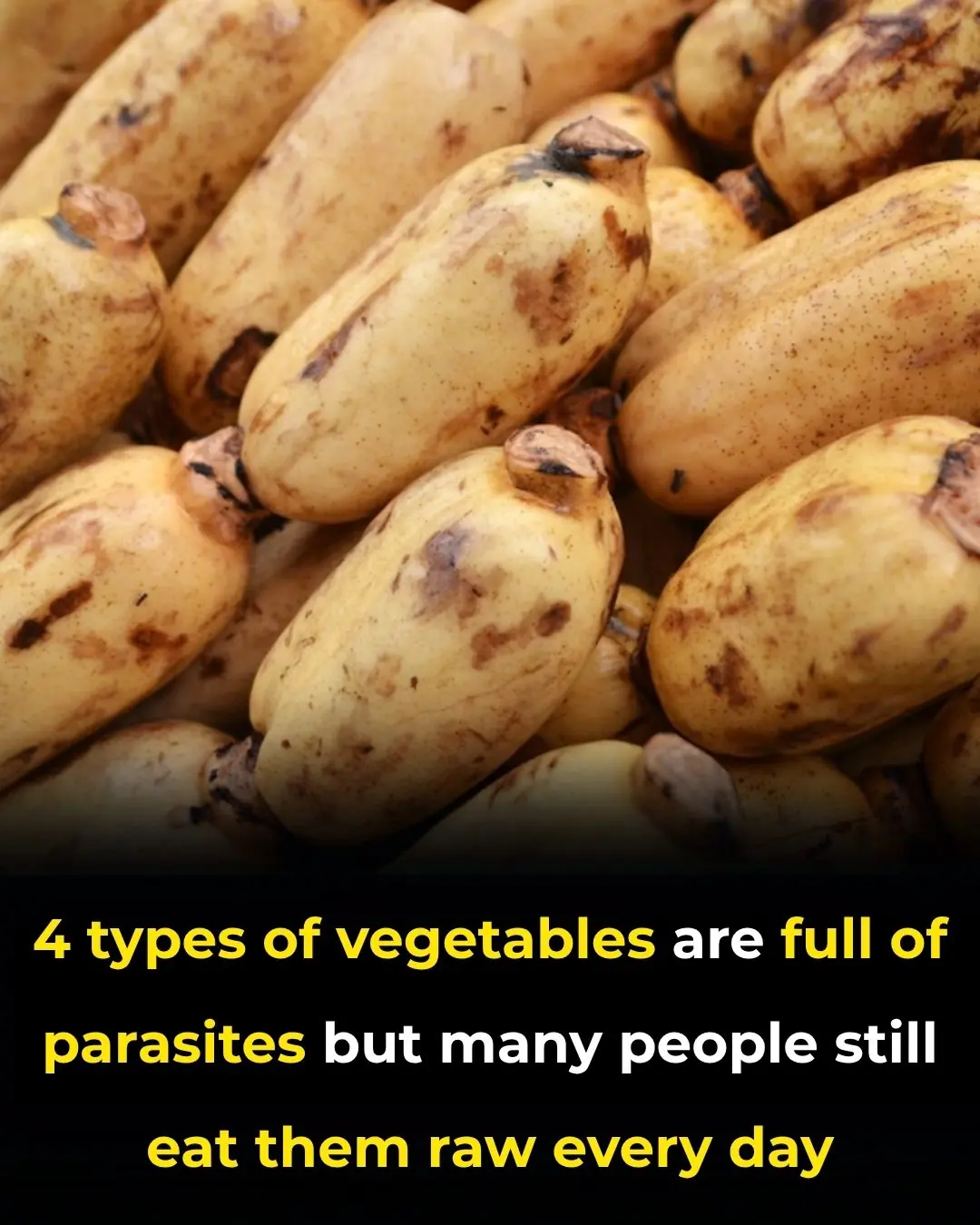
4 types of vegetables are full of parasites but many people still eat them raw every day

Hidden Dangers in Your Mouth: Early Signs of Oral Cancer
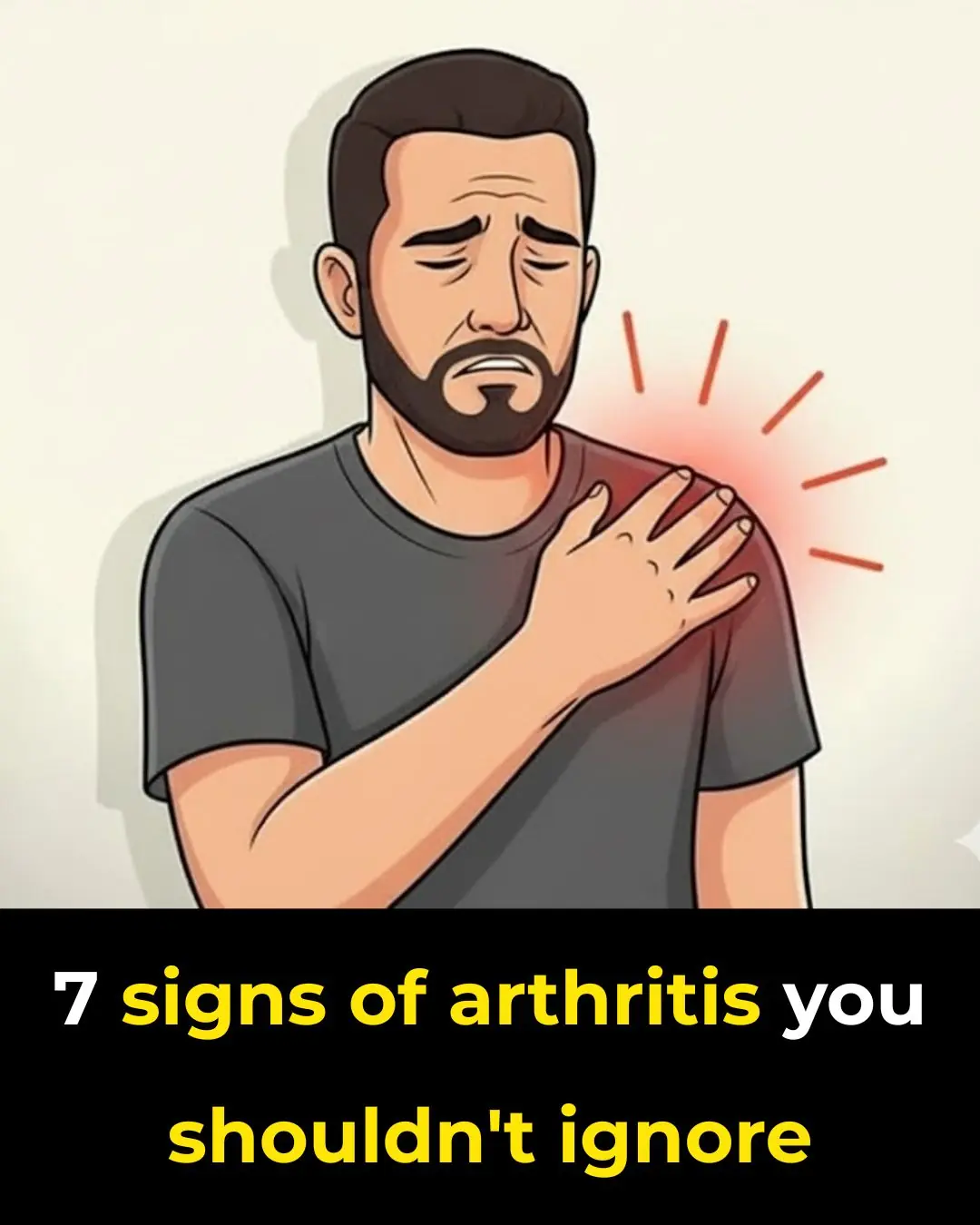
7 Signs of Arthritis You Shouldn't Ignore
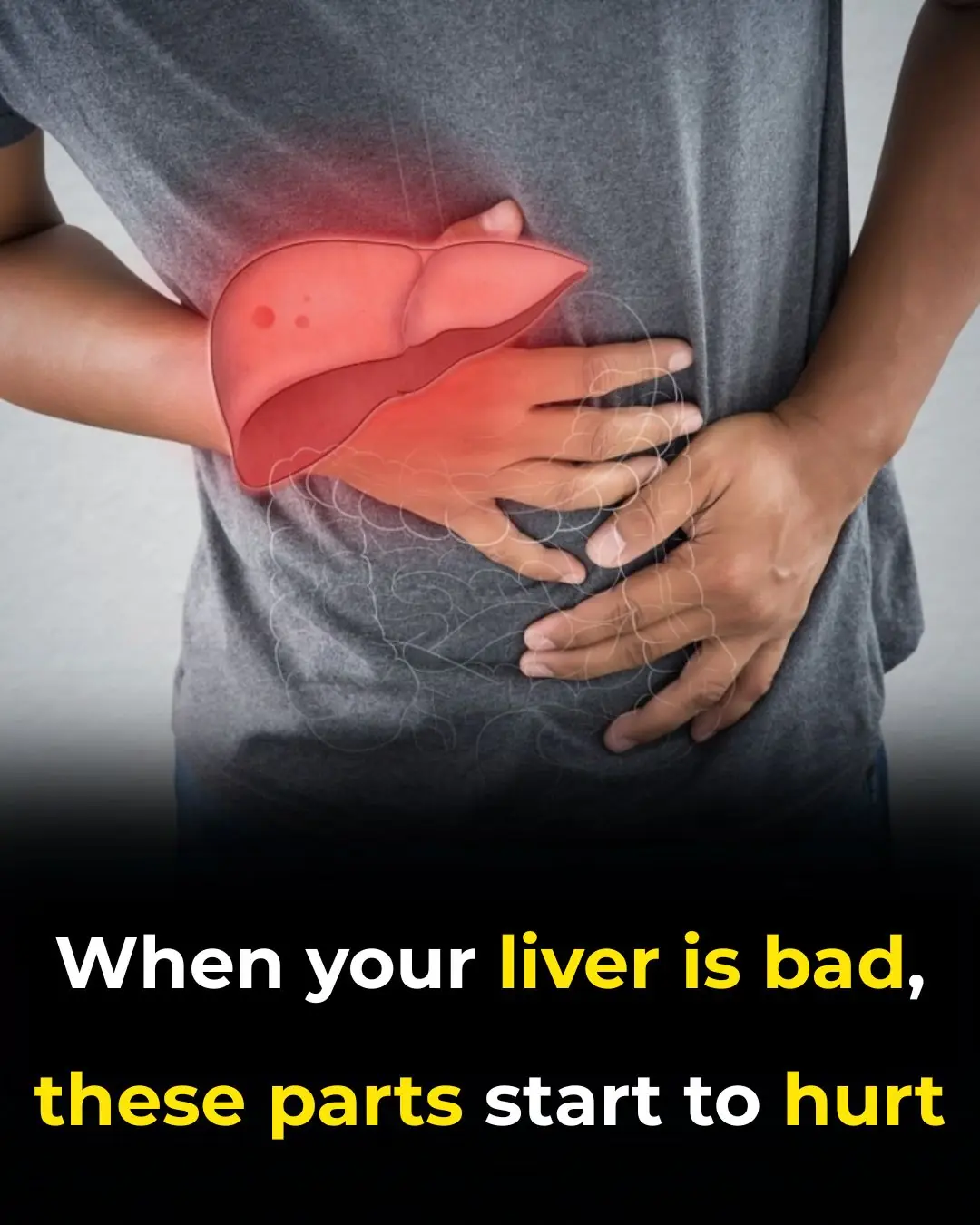
When your liver is bad, these parts start to hurt
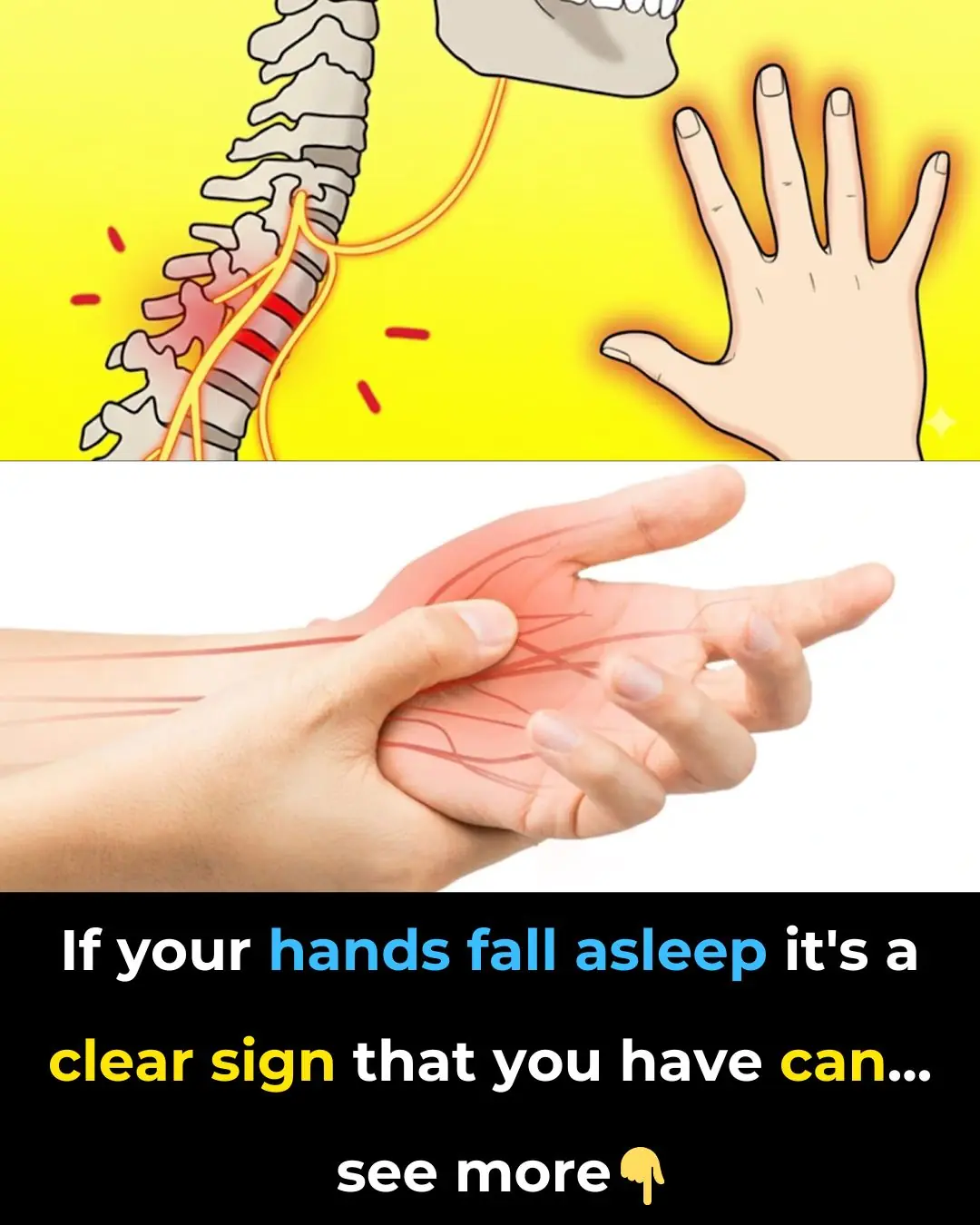
Tingling Sensation In Your Body: Why Does It Happen

5 Breast Cancer Signs You’ve Never Heard Of — But Shouldn’t Ignore

YOUR BODY’S SCREAMING FOR HELP — DON’T IGNORE THESE HIDDEN DEFICIENCY SIGNS
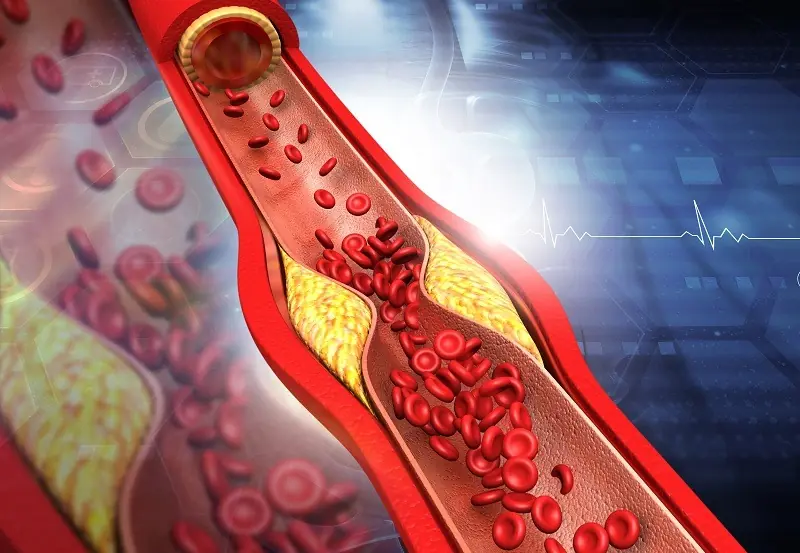
SUBTLE WARNING SIGNS OF CLOGGED ARTERIES AND HOW TO UNCLOG THEM NATURALLY
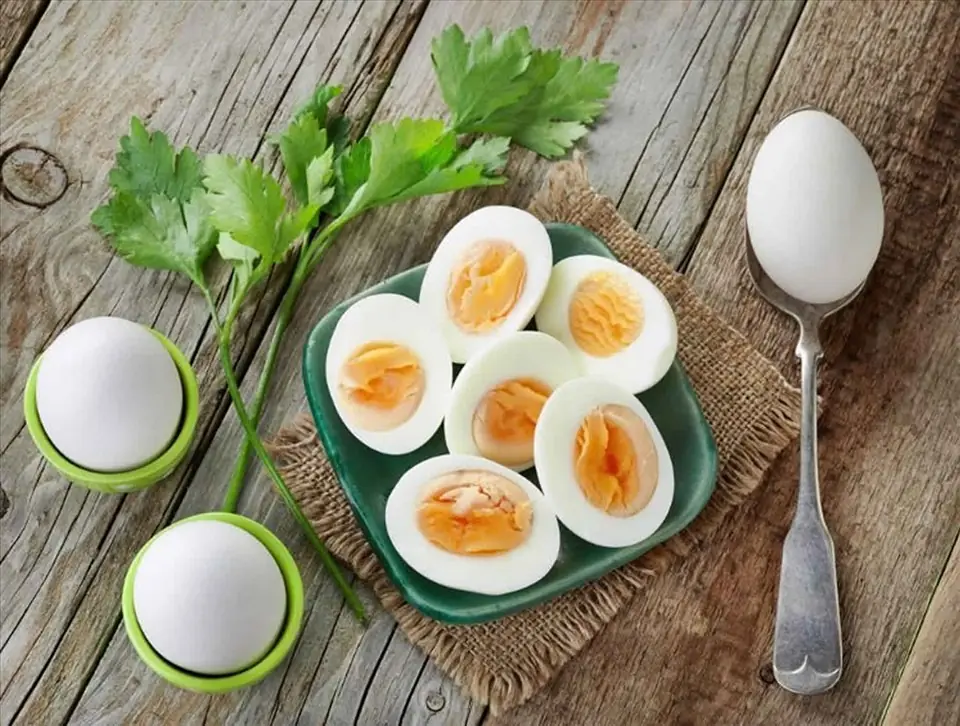
Scientists have just uncovered a game-changing reason to eat an egg every day
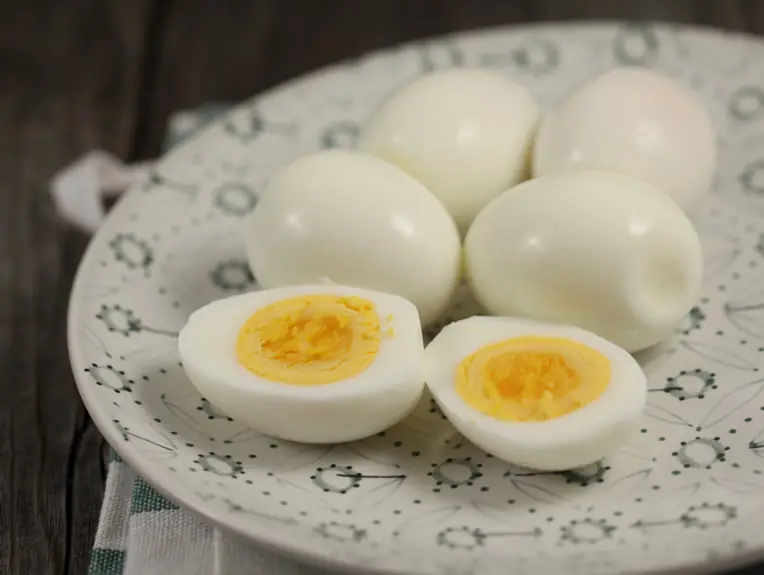
What Happens If You Eat 4 Whole Eggs a Day for 30 Days?

The Most Powerful Anti-Cancer Food You’ve Probably Never Tried
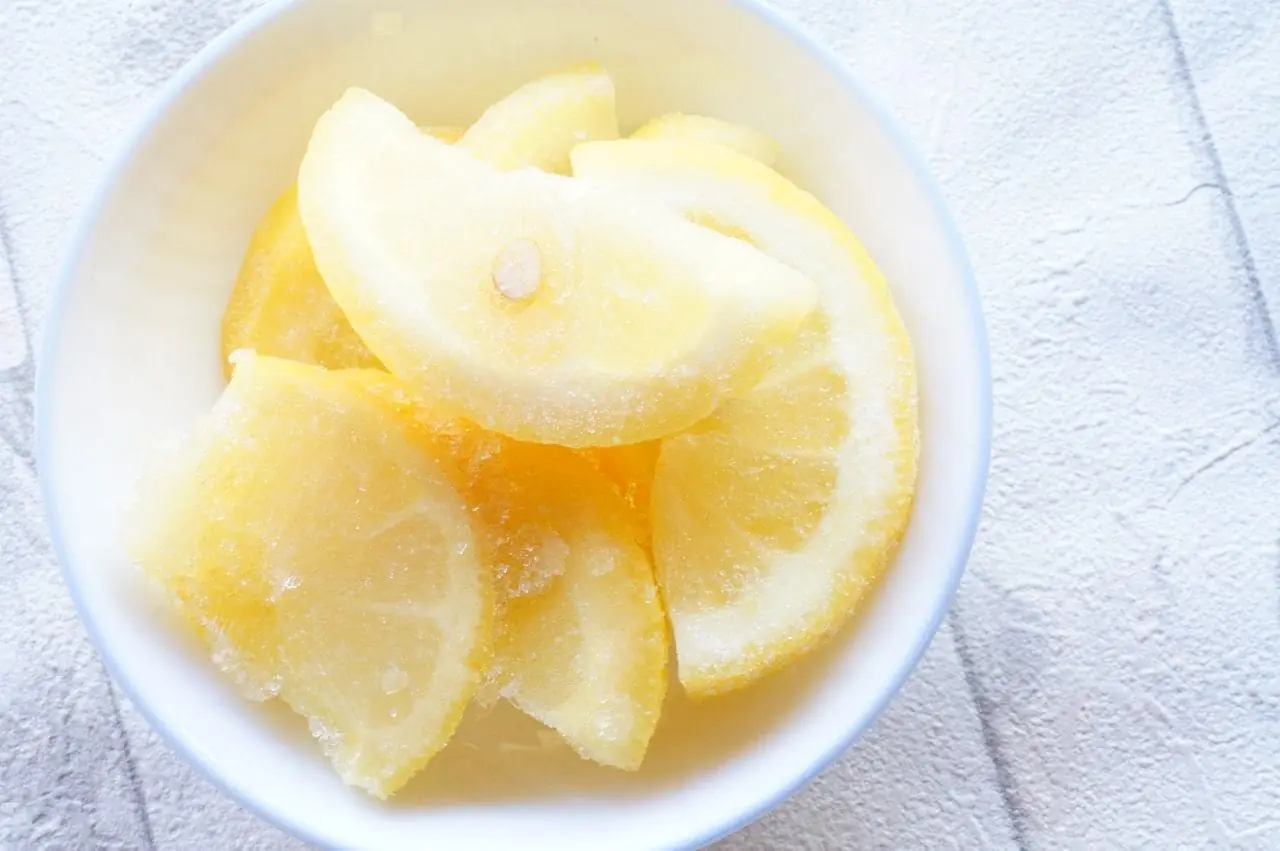
How to Use Frozen Lemon to Help Combat Malignant Tumors in the Body
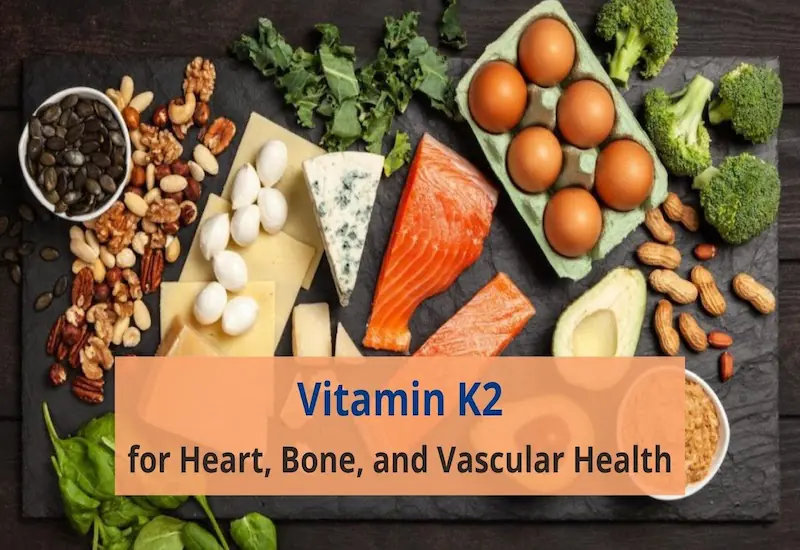
Vitamin K2: The Underrated Nutrient That Protects Your Heart and Arteries
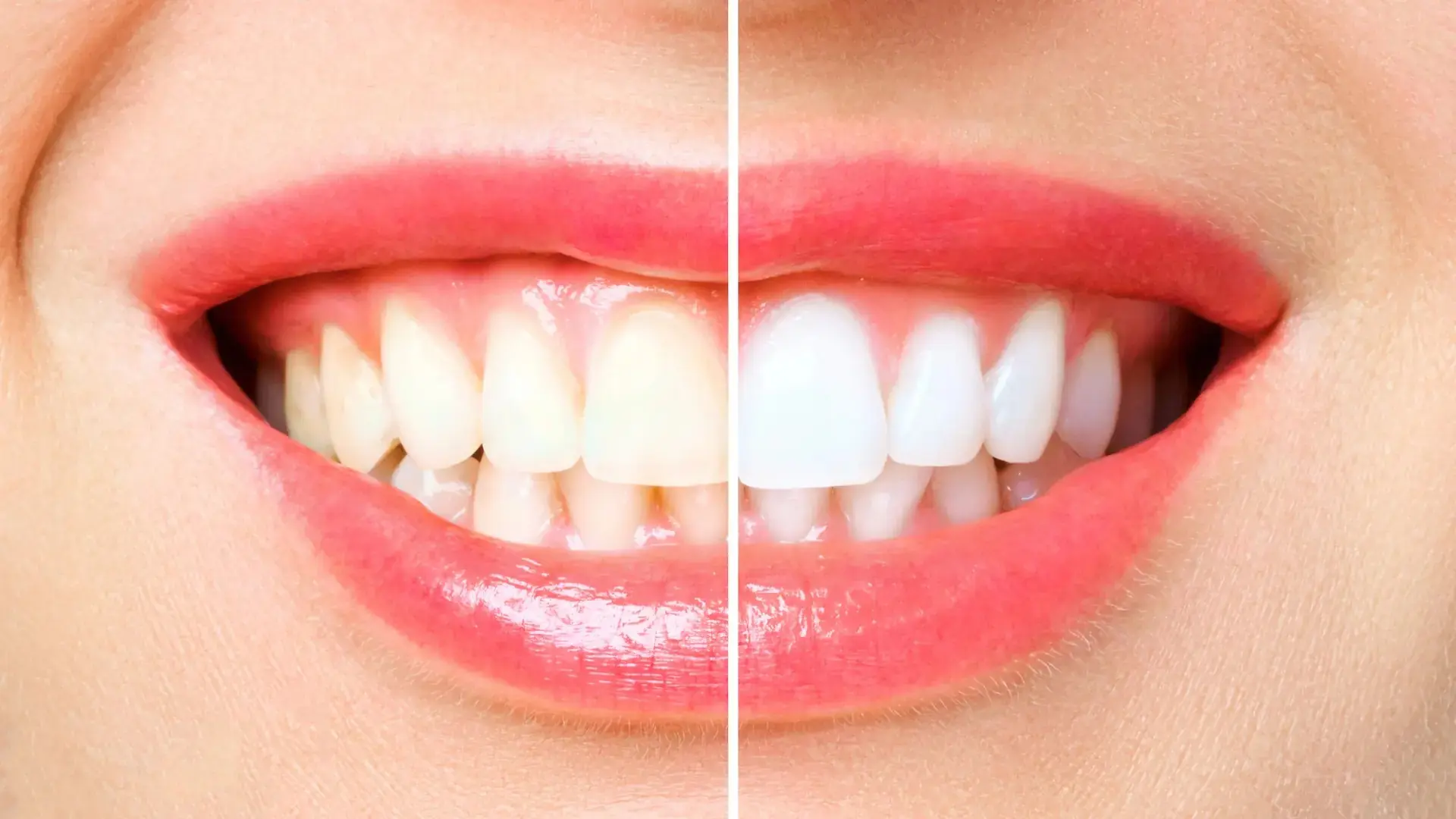
DENTISTS HATE HOW SIMPLE THIS TEETH WHITENING HACK IS

What Happens to Your Body When You Stop Eating

The #1 Drink to Prevent Foamy Urine — Plus 7 More Your Kidneys Will Thank You For
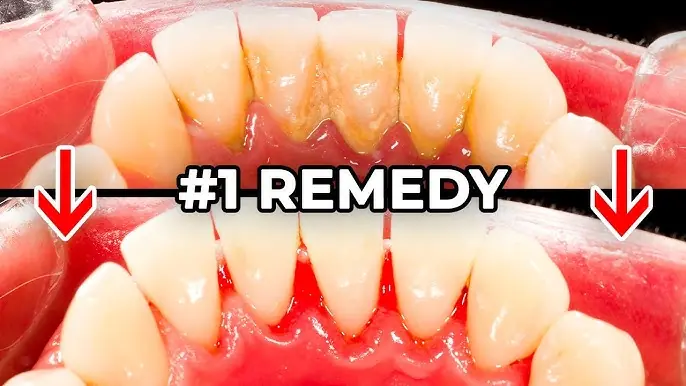
The #1 Most Effective Remedy for Dental Plaque (And How to Beat Tartar at Home)

JUST 1 CUP FLUSHES POUNDS OF TOXIC WASTE
News Post
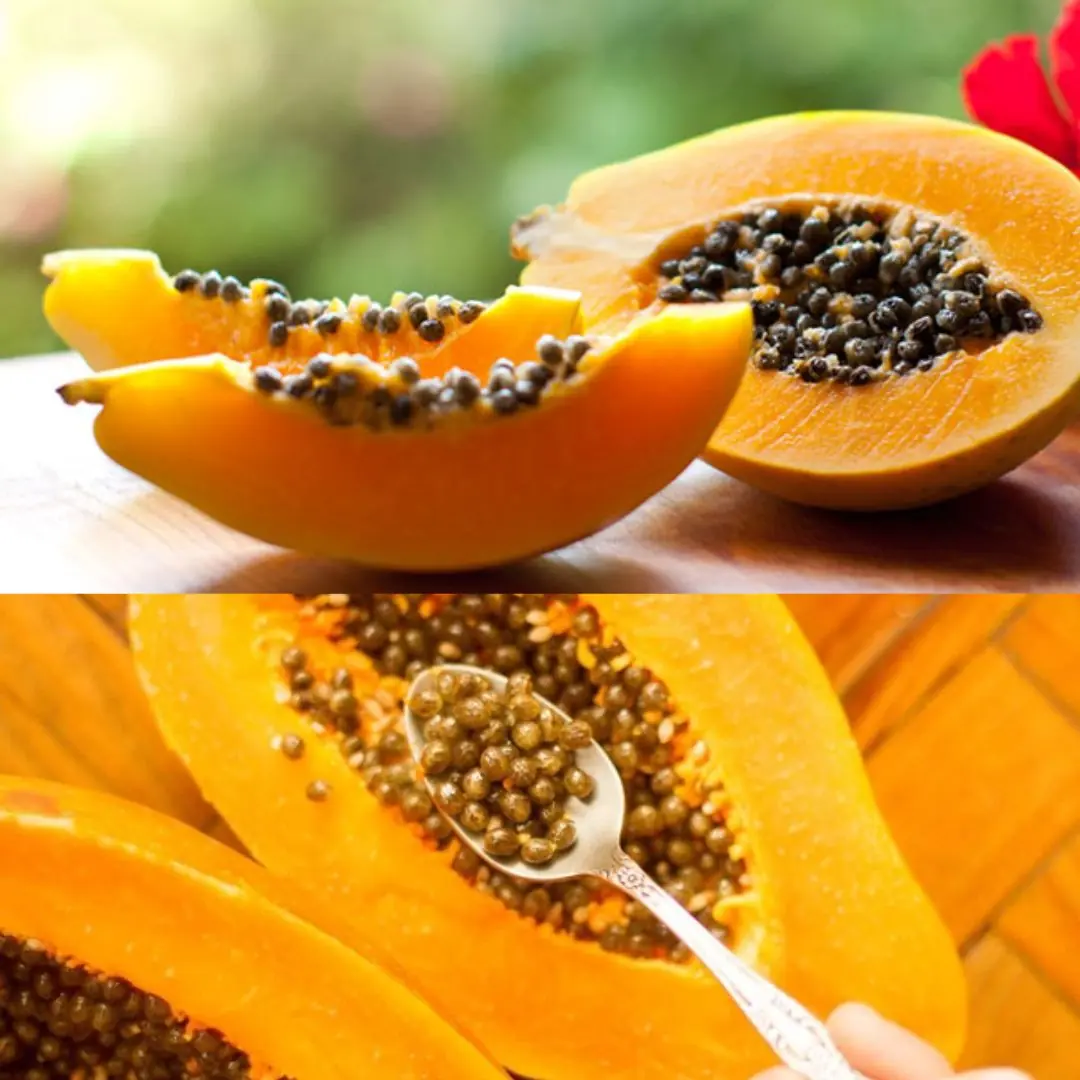
The Powerful Health Benefits of Papaya Seeds: Why You Should Include Them in Your Diet

The Wonderful Hazel Tree (Corylus avellana): Nutrition, Healing, and Traditional Uses of Every Part
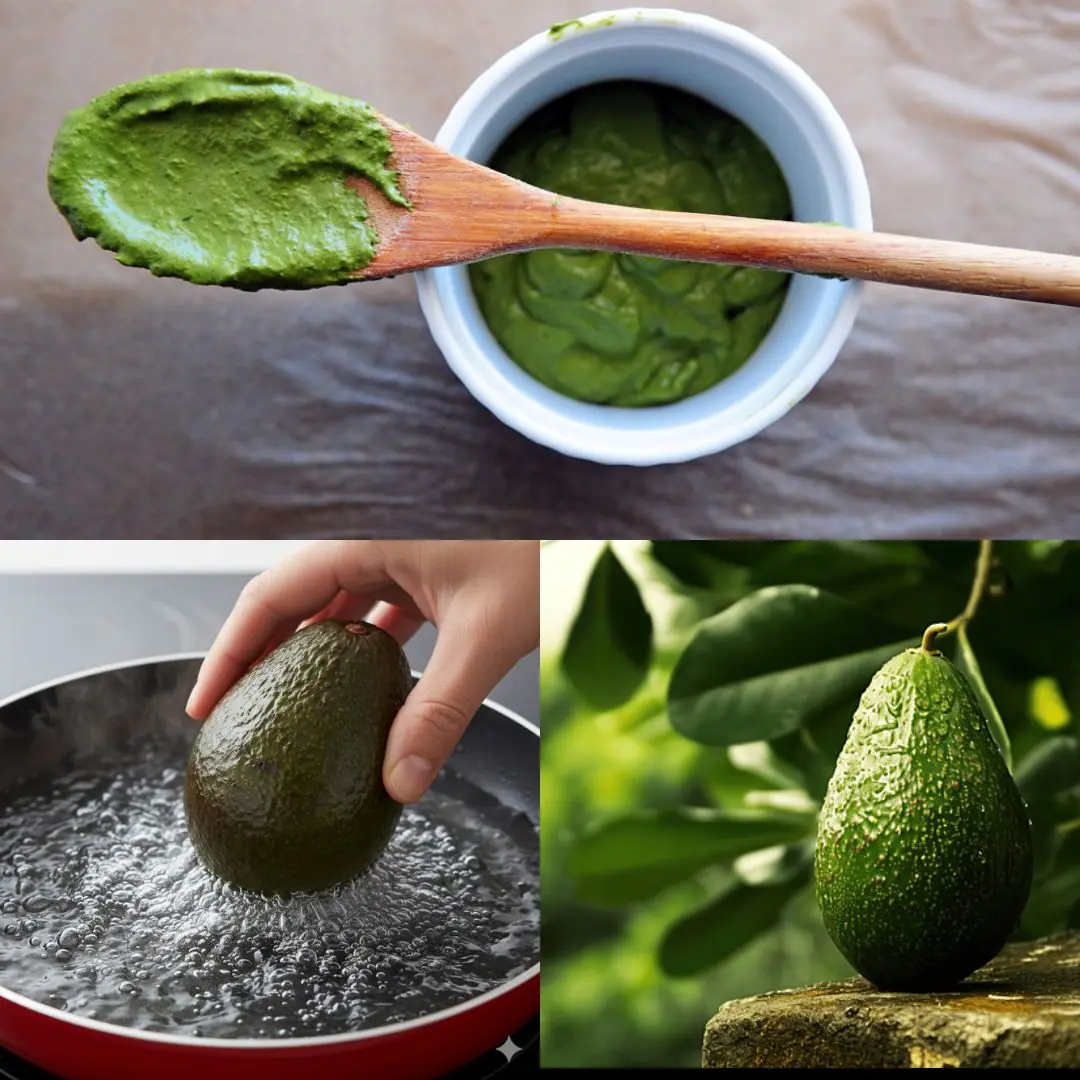
Boiling a Whole Avocado: The Secret to Softness, Nutrition, and a Delicious Baked Recipe
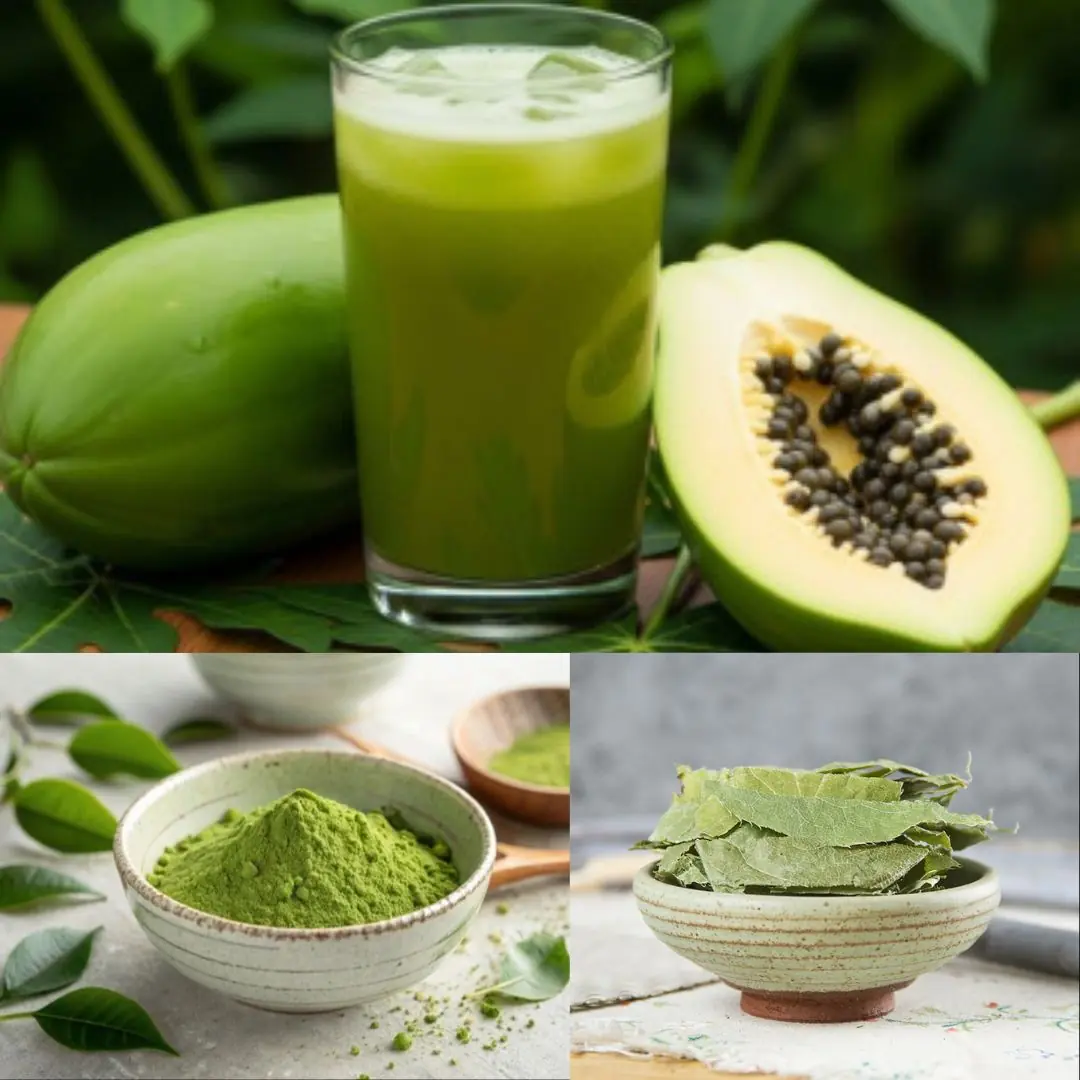
The Hidden Healing Power of Papaya Leaves

Sugar Apple (Annona squamosa): A Sweet Fruit with Powerful Health Benefits

If you find a centipede at home, here is what it means...

Why We Feel That Little Electric Sh0ck When We Touch Another Person—Science Explains

If a Man Doesn’t Appreciate You, Here’s What You Should Do
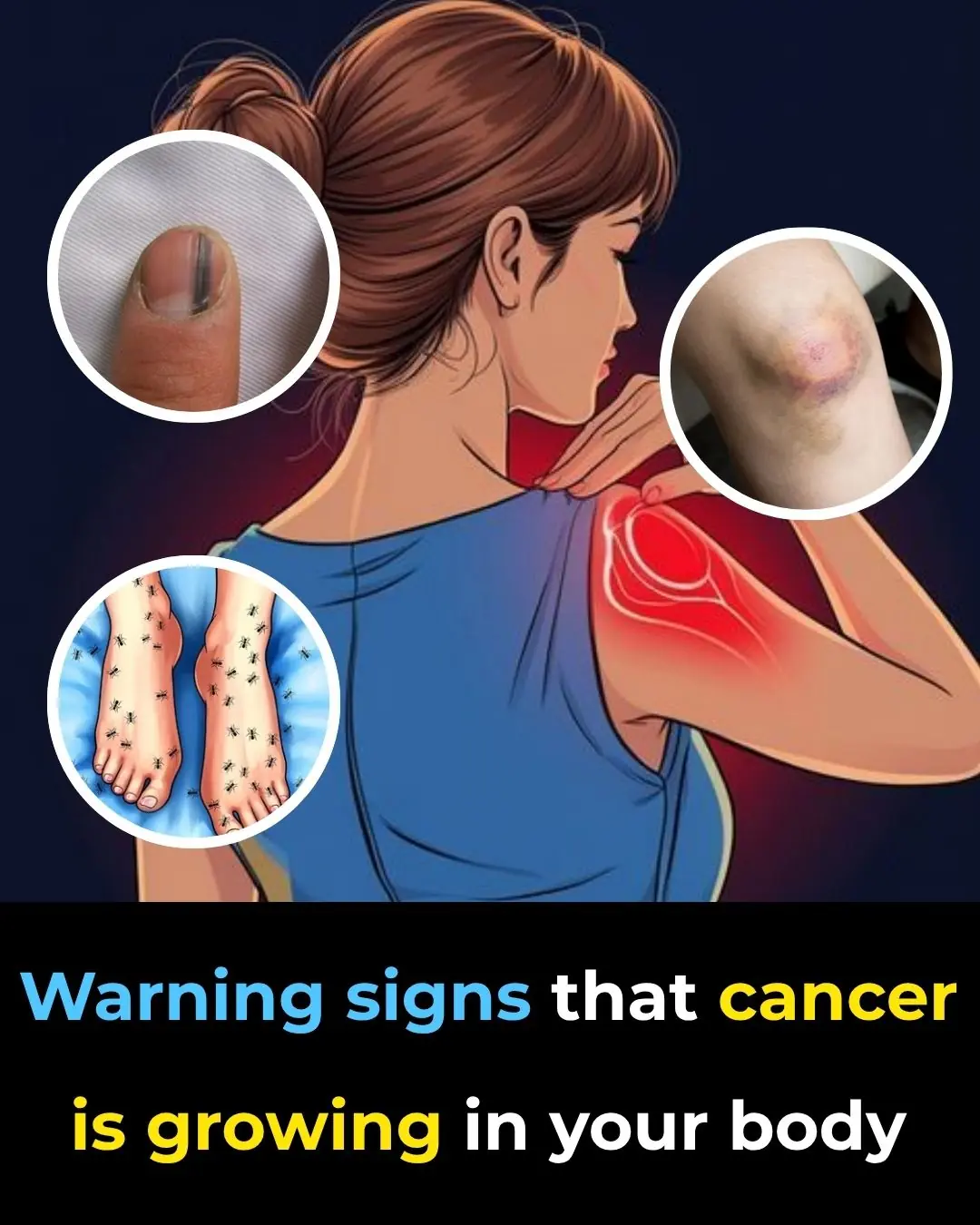
25 Worrying Signs Your Body Is Trying to Warn You of Serious Health Problems (and What to Do About Them)
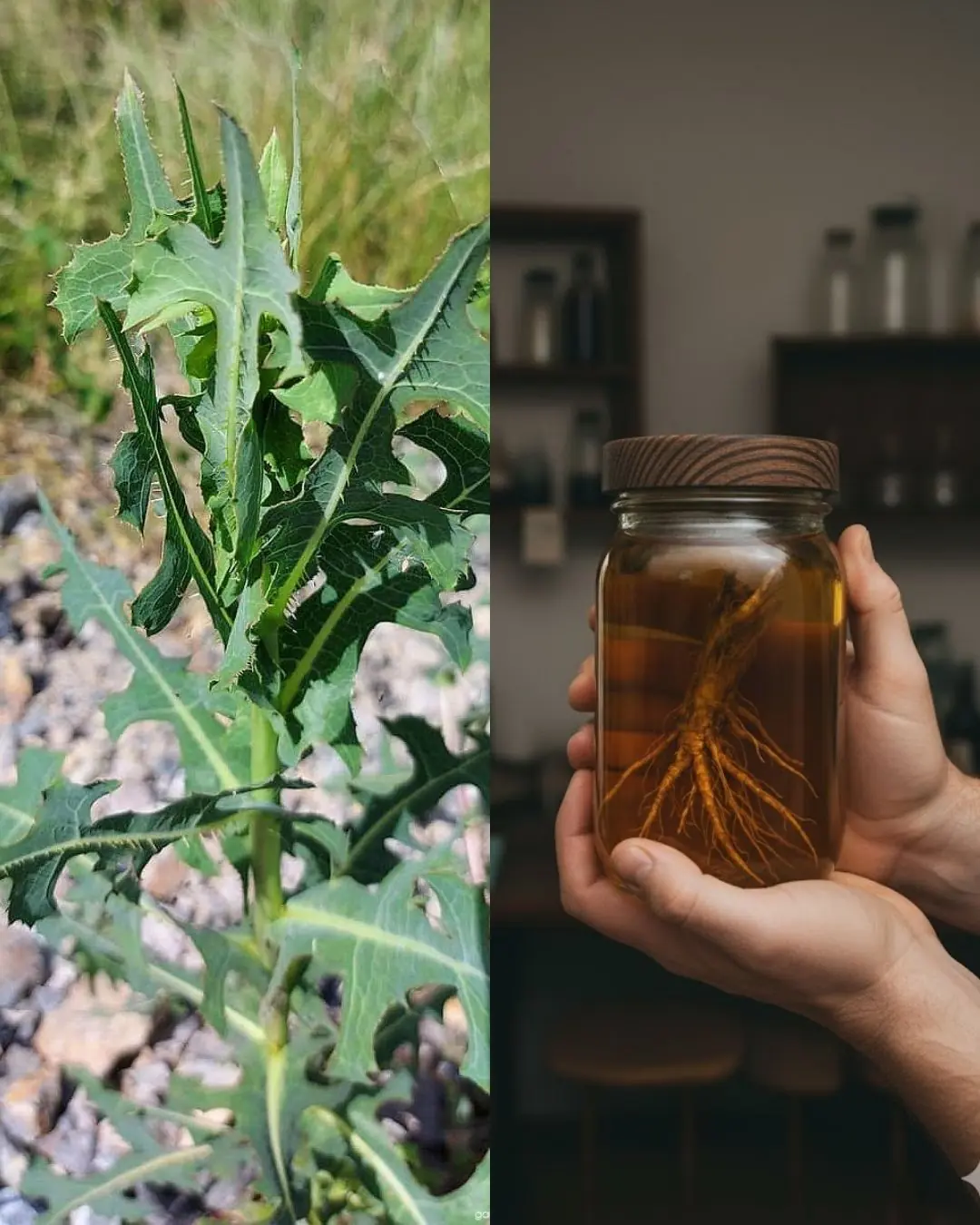
The Hidden Power of Lactuca serriola Root (Prickly Lettuce Root)

Why You Should Stop Waking Up to Urinate

4 types of vegetables are full of parasites but many people still eat them raw every day

Hidden Dangers in Your Mouth: Early Signs of Oral Cancer

Maple Trees from Root to Crown: A Complete Guide to Every Edible Part

7 Signs of Arthritis You Shouldn't Ignore
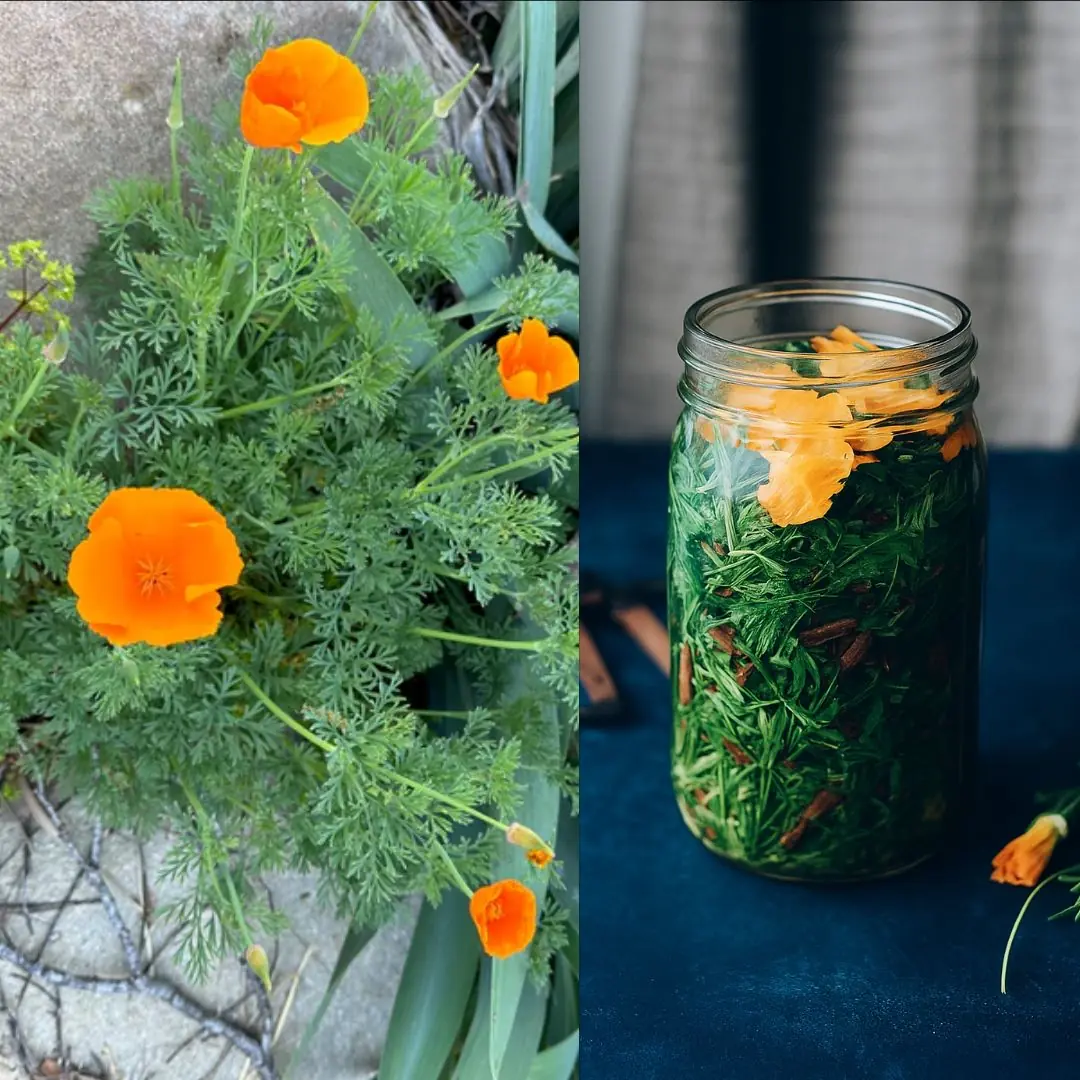
California Poppy: Nature’s Gentle Remedy for Relaxation and More
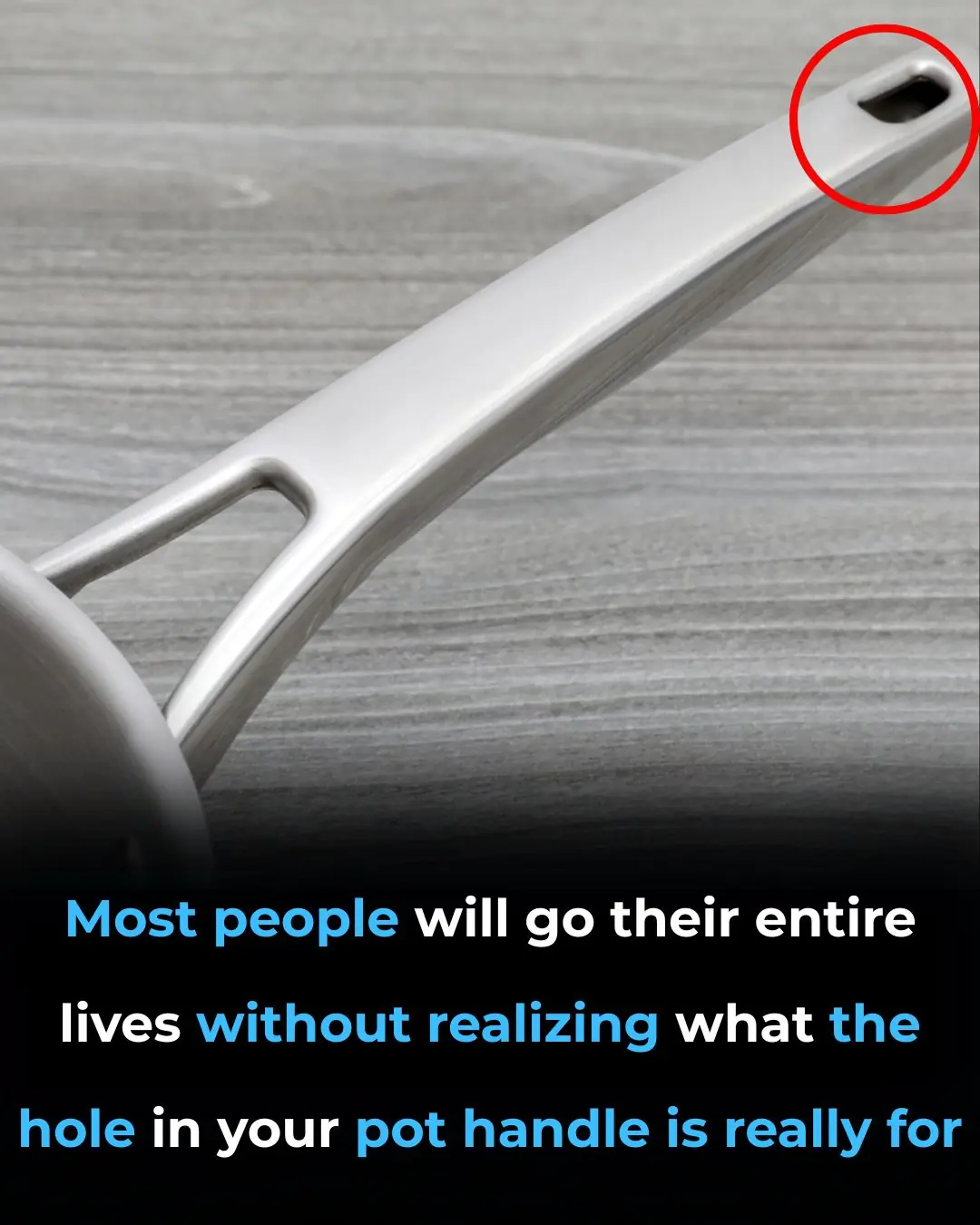
What is its purpose. see details

When a woman stops loving a man, she begins…

5 hygiene mistakes that many people make... but no one dares to talk about...
